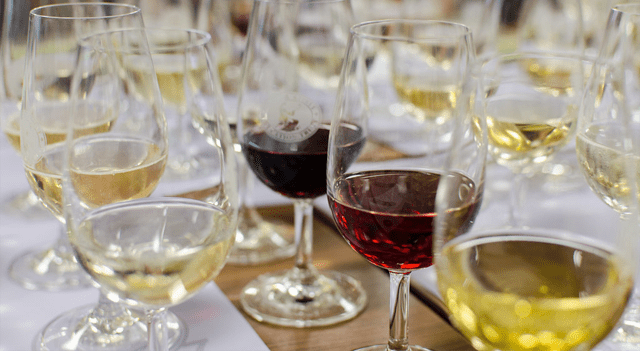Global wine production showed a mild recovery in 2025 but stayed below the long-term average for the third consecutive year as vineyards worldwide continued to battle erratic climate conditions, according to the International Organization of Vine and Wine (OIV).
Preliminary figures from the OIV estimate global wine output at 232 million hectolitres (mhl), a 3% rise from 2024, yet still 7% under the five-year average.
“If you look at the causes for the lower production of the last three years, the major part is really the climatic variations that we’ve seen across both hemispheres,” said John Barker, Director General of the OIV, in an interview with Reuters. “Some regions have had heat and drought, and then they’ve had torrential rains or unexpected frosts. And the fact that it’s really the third year in a row where we’re seeing these sorts of effects is quite striking.”
Europe’s Harvests Shrink, Italy Regains the Lead
Across Europe, extreme weather once again disrupted vineyards. France registered its smallest harvest since 1957, while Spain saw output fall to a three-decade low. In contrast, Italy benefited from milder weather, producing 8% more wine and reclaiming its position as the world’s top wine producer.
In the United States, the world’s fourth-largest producer, wine output is forecast to reach 21.7 mhl, up 3% from last year but 9% below the five-year average, reflecting the industry’s ongoing struggles with climate variability.
Southern Hemisphere Bounces Back Slightly
Production in the Southern Hemisphere rebounded 7% after three years of decline, led by strong harvests in South Africa, Australia, New Zealand, and Brazil, which offset a downturn in Chile. Even so, the region’s total production remained 5% lower than the long-term norm, the OIV reported.
Weak Demand Could Balance Supply
While the limited rise in production presents challenges for growers, the OIV said it could help stabilize global inventories amid slowing consumption in traditional markets, declining demand in China, and lingering trade uncertainties.
“Low output can be very difficult for individual producers and regions … but from a macroeconomic perspective, it’s a positive, because it really makes sure that production and consumption are more or less aligned,” Barker noted.
The OIV will update its forecasts later in the year.
(One hectolitre equals approximately 133 bottles of wine.)
